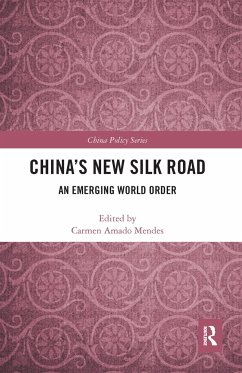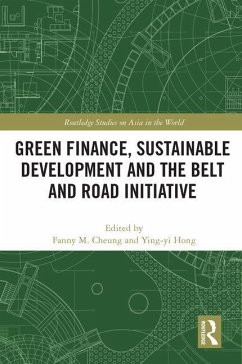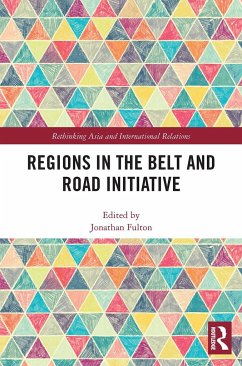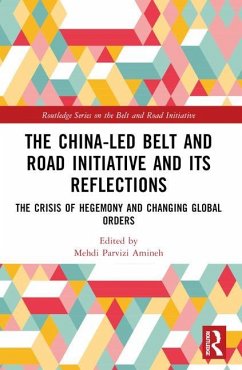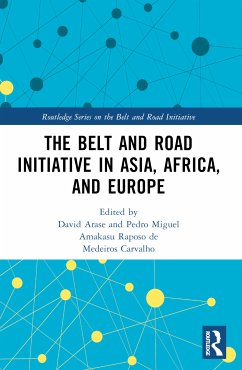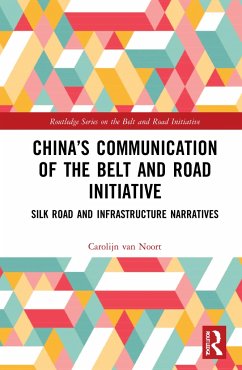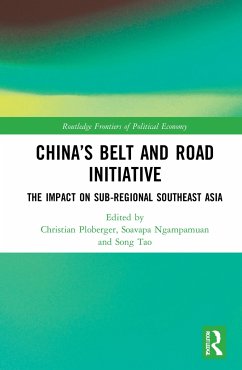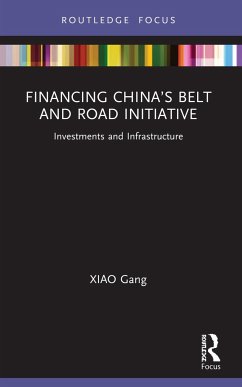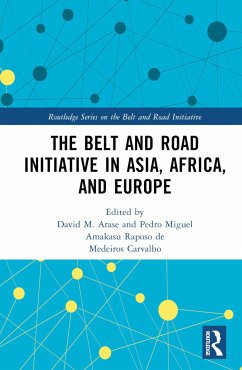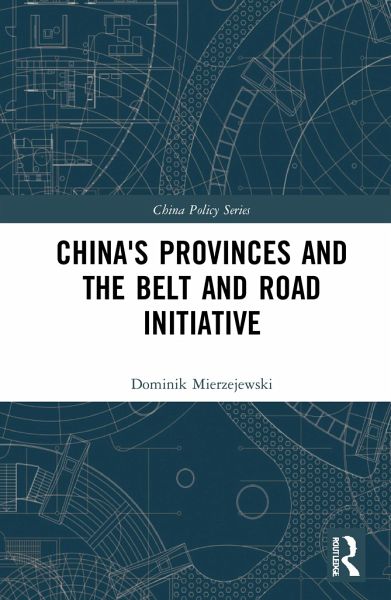
China's Provinces and the Belt and Road Initiative
Versandkostenfrei!
Versandfertig in 1-2 Wochen
55,99 €
inkl. MwSt.
Weitere Ausgaben:

PAYBACK Punkte
28 °P sammeln!
This book discusses the Belt and Road Initiative at the provincial level in China. It analyses the evolution of the role of local governments in Chinese foreign policy since the opening of Chinaâ s economy in 1978.





